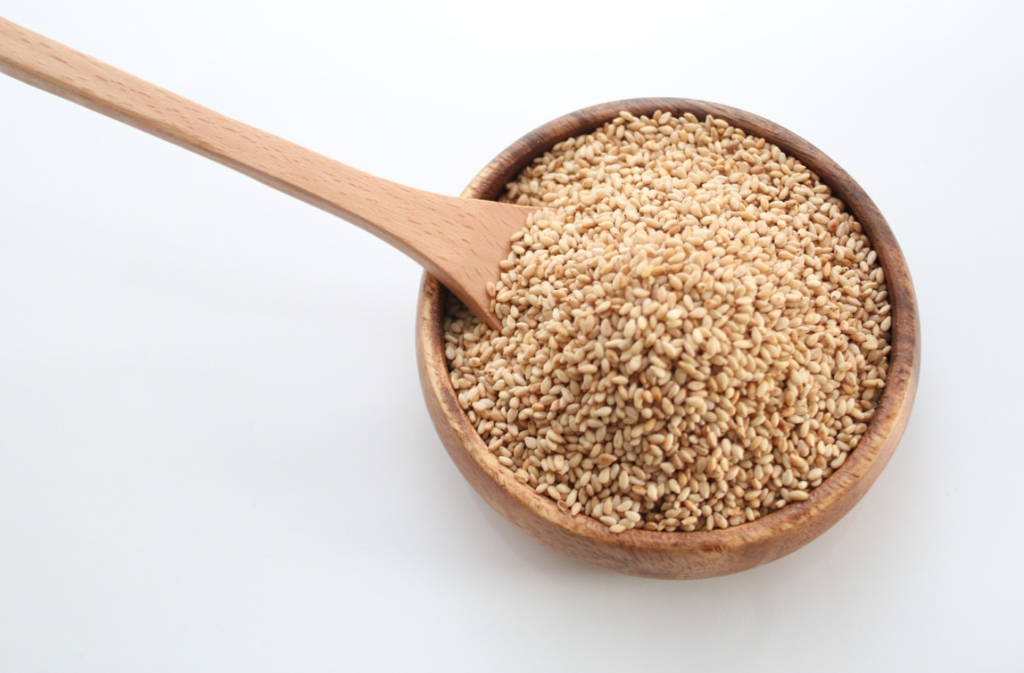Chinese cuisine is known for its complexity and bold flavors, and one of the key elements that make these dishes so unforgettable is the variety of seasonings used in cooking. From sweet to savory, salty to spicy, Chinese seasonings bring balance and depth to every dish. In this blog, we will take a closer look at the main seasonings commonly used in Chinese cooking, and how they contribute to the unique taste profiles of Chinese food.
1. Soy Sauce: The Heart of Chinese Cooking

Soy sauce is undoubtedly one of the most essential ingredients in Chinese cuisine. Made from fermented soybeans, soy sauce has a rich, salty flavor with deep umami undertones, making it a go-to seasoning for stir-fries, marinades, and dipping sauces.
Types: There are two main types of soy sauce used in Chinese cooking: light soy sauce and dark soy sauce. Light soy sauce is thinner and saltier, often used for seasoning dishes, while dark soy sauce is thicker, sweeter, and used for adding color and depth to stews or braised dishes.
Usage: Soy sauce is used in stir-fries, dipping sauces (such as for dumplings), soups, and marinades, providing a rich, savory base to enhance the other flavors in a dish.
2. Rice Vinegar: The Tangy Element

Rice vinegar is another staple in Chinese kitchens, known for its mild and slightly sweet flavor. Unlike Western vinegars, rice vinegar is less acidic, making it perfect for balancing flavors in Chinese dishes without overwhelming the palate.
Types: There are different varieties of rice vinegar, including white rice vinegar, black rice vinegar, and red rice vinegar. Black rice vinegar has a richer, more complex flavor, making it perfect for dishes like braised pork or sweet and sour dishes.
Usage: Rice vinegar is often used in dressings, dipping sauces, and to add tang to stir-fries. It’s also essential in Chinese pickling and is frequently used to balance out the richness of fatty meats.
3. Oyster Sauce: The Umami Booster
Oyster sauce is a thick, dark sauce made from oysters, salt, sugar, and soy sauce. It has a complex flavor that is both savory and slightly sweet, with a natural umami depth. It is frequently used in Cantonese cuisine, where it adds richness to stir-fried dishes, vegetables, and meats.

Usage: Oyster sauce is commonly used in stir-fries, braised dishes, and as a topping for vegetables like bok choy. It adds a savory, full-bodied flavor to dishes, enhancing the natural taste of the ingredients.
4. Chinese Five-Spice Powder: A Spice Blend Like No Other
Chinese five-spice powder is a unique spice blend that embodies the balance of the five basic flavors: sweet, sour, bitter, salty, and umami. This aromatic spice mix typically contains star anise, cloves, Chinese cinnamon, Sichuan peppercorns, and fennel seeds.

Usage: Five-spice powder is used in marinades for meats, especially in roasted and braised dishes like red-cooked pork. It is also commonly sprinkled on fried or grilled meats, adding a fragrant, slightly spicy kick to dishes.
5. Sesame Oil: Nutty Aroma and Flavor
Sesame oil, made from toasted sesame seeds, is a fragrant, nutty oil that is frequently used in Chinese cuisine to add depth to a variety of dishes. It’s not used for cooking at high temperatures (due to its low smoke point) but rather as a finishing oil to enhance flavor.

Usage: Sesame oil is often drizzled over stir-fries, soups, or noodles as a final touch to add a rich, nutty aroma. It’s also used in salad dressings and dipping sauces.
6. Chili Oil: For a Spicy Kick
Chili oil is an essential seasoning for those who enjoy spicy flavors in their food. It is made by infusing oil with dried chili peppers, garlic, and sometimes other spices, creating a fiery, aromatic oil that packs a punch.

Usage: Chili oil is used as a condiment to spice up dishes such as dumplings, noodles, and stir-fries. It is also a key ingredient in the famous Sichuan hot pot, giving the dish its signature heat and depth of flavor.
7. Fermented Bean Paste (Doubanjiang): The Heart of Sichuan Cooking
Doubanjiang, or fermented bean paste, is a spicy, salty paste made from broad beans, soybeans, and chili peppers. It’s a key ingredient in Sichuan cuisine, adding a rich, savory flavor with a hint of heat.

Usage: Doubanjiang is used in stir-fries, braised dishes, and sauces, particularly in Sichuan-style dishes like mapo tofu. It provides a deep, umami flavor that is essential to creating the bold, spicy profile of Sichuan cuisine.
8. Sugar: Sweetness to Balance the Flavors
Sugar is not often the star of Chinese dishes but plays a critical role in balancing out the savory, salty, and sour elements of a dish. It is often used to bring harmony to complex flavors, particularly in stir-fries and braised meats.

Usage: Sugar is frequently added in small amounts to balance out the heat from chili, the acidity from vinegar, or the richness of meat dishes. It is especially important in Chinese sweet and sour dishes like sweet and sour pork.
9. Sichuan Peppercorns: A Unique Tingling Sensation
Sichuan peppercorns are not true peppercorns but are the dried husks of the prickly ash tree. Known for their numbing, tingling sensation (called “má” in Chinese), these peppercorns are essential in Sichuan cuisine, where they provide a unique flavor profile alongside spicy chilies.

Usage: Sichuan peppercorns are used in stir-fries, sauces, and hot pots to create the signature “mala” (麻辣) flavor, which is a combination of numbing and spicy heat.
Chinese cuisine is a delightful blend of flavors, and the seasonings used in these dishes are essential in creating that unique, balanced taste. From soy sauce’s umami richness to the heat of chili oil and the tingling sensation of Sichuan peppercorns, these ingredients elevate every dish. Whether you’re cooking a traditional Chinese meal at home or enjoying it at a restaurant, understanding these seasonings will give you a deeper appreciation of the complex, bold flavors that define Chinese food.
By incorporating these seasonings into your own cooking, you can recreate authentic Chinese dishes and bring the flavors of China right to your kitchen. If you’re looking for high-quality bamboo or wooden kitchen tools to prepare your next Chinese meal, don’t forget to check out our range of products, perfect for chopping, slicing, and serving your delicious dishes.

